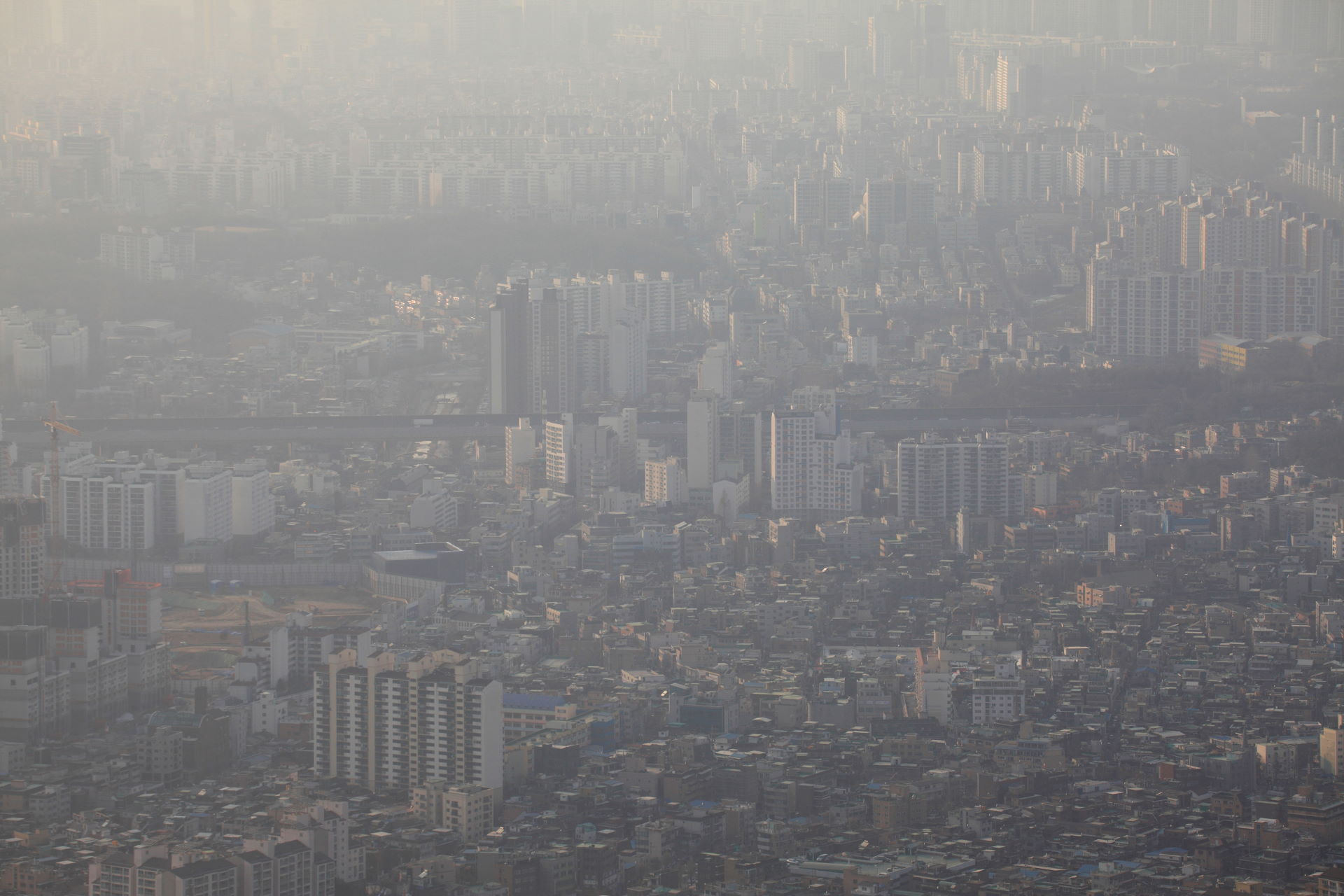Author | Lucía Burbano
According to a recent report by the Swiss organization iQAir, only seven out of 137 countries studied meet the air quality limits set by the World Health Organization (WHO). Air pollution wreaks havoc around the world, with the exceptions of Australia, Estonia, Finland, Grenada, Iceland, Mauritius, and New Zealand.
According to the WHO’s guidelines, these minimum acceptable value for outdoor air quality should be 5 µg/m³ PM2.5 (fine particles with a diameter of 2.5 microns or less). This standard was updated in 2021, halving the previous reference level of 10 µg/m³ established in 2005.
The most common anthropogenic sources of PM2.5 include sulphates, black carbon (soot), nitrates, and ammonia. These pollutants primarily originate from fuel combustion engines, industrial processes, energy generation, coal and wood combustion, agricultural activities, and construction.
Natural sources of PM2.5 include dust and sand storms as well as wildfires.
And particles know no borders. Although they originate in specific locations, these particles affect the air quality and ecosystems of neighboring countries. Air pollution jeopardizes our health and well-being, significantly impacts climate change, threatens food safety, and renders some cities unbreathable.
(Bad) air quality, a global problem

WHO data reveals that 99% of the global population breathes air that exceeds the recommended limits. Low- and middle-income countries are the most exposed to poor air quality. Even in the European Union, vast areas are highly exposed to harmful particles, with 96% of urban areas affected.
A 2021 report by the United Nations Environment Program reveals that air quality monitoring is not a legal requirement in 37% of countries. These monitoring activities and measurements are conducted using sensors specifically designed to detect various contaminants. Other technologies include lasers that scan particle density in a cubic meter of air and satellite imagery that measures the energy reflected or emitted by the Earth.
In 2023, Africa and Central and Southern Asia experienced the highest average annual concentrations of PM2.5, weighted by population. Despite the slow increase in air quality data availability in Africa, only 24 out of 54 African countries had sufficient data to be included in the 2023 report, leaving 30 countries unaccounted for.
Here are the cities with the worst air quality in the world, based on their concentration of PM2.5 particles:
1. New Delhi, India (92.7)

New Delhi, home to approximately 33 million people, frequently tops various rankings of cities with the worst air quality. According to an index from the Energy Policy Institute at the University of Chicago, the air quality in Delhi could shorten residents’ lives by 11.9 years.
Despite the New Delhi government’s implementation of an anti-pollution plan, it appears to have had little significant impact so far.
2. Dhaka, Bangladesh (80.2)

Dhaka’s air quality is among the worst in the world, primarily due to traffic, construction, and industrial pollution. Since Bangladesh gained independence in 1971, its capital, Dhaka, has become one of the world’s most densely populated cities.
Traffic congestion in Dhaka is a serious problem, compounded by coal-fired brickworks, industrial pollution, and toxic fog from neighboring countries. This low-altitude city is also exceptionally vulnerable to the effects of climate change.
3. Ouagadougou, Burkina Faso (46.6)

Air pollution is primarily caused by activities across all socio-economic sectors. More specifically, the increased use of land for agricultural purposes, the decrease in forest coverage, and the rise in cattle farming contribute significantly to air pollution.
The government of Burkina Faso is attempting to address high pollution levels with the creation of the National Adaptation Plan (NAP). Funded by the Green Climate Fund (GCF) and implemented by the Global Green Growth Institute (GGGI), this plan includes numerous initiatives to mitigate the effects of climate change in the country.
4. Dushanbe, Tajikistan (46.0)

Dushanbe is the most polluted city in Central Asia due to rapid industrialization and urbanization, coupled with deficient environmental regulations. Despite its relatively low population density, Dushanbe faces significant anthropogenic impacts from economic activities. Additionally, limited technological penetration for accurately measuring air quality data necessitates the adoption of more urgent and forceful measures to address this environmental and health problem.
5. Baghdad, Iraq (45.8)

The capital of Iraq, Baghdad, has become the most polluted Arab city due to a combination of factors. Its economy is heavily based on hydrocarbons, and climate change is exacerbating and intensifying dust storms, leading to an increase in related respiratory diseases. Due to decades of conflict that have severely damaged energy infrastructure, citizens are increasingly relying on diesel generators for power, which fills urban horizons with thick black smoke.
6. Abuja, Nigeria (45.4)

This city suffers from poor air quality largely due to private vehicles, as the African country does not regulate vehicle emissions. More than 80% of the cars on Abuja’s roads are over ten years old and run on petrol.
Until December 2016, there was no limit on the age of imported vehicles in Nigeria, leading to many older cars emitting vast amounts of fumes on the roads. However, a ban was introduced on vehicles older than 15 years.
7. Jakarta, Indonesia (43.8)

Jakarta faces numerous factors contributing to air pollution. Warmer temperatures and lack of rainfall during the drier seasons significantly reduce air quality. Additionally, 10 million commuters from satellite cities travel to the capital each day. According to the city’s Environment Agency, the transport sector significantly contributes to poor air quality, accounting for 67% of PM2.5 emissions, 58% of PM10 emissions, and 84% of black carbon emissions.
Photographs | Unsplash/Chris LeBoutillier, Unsplash/David Kristianto, King Buwa, Alexander Nrjwolf, Touann Gatouillat Vergos, Austin Curtis, Anton Rybakov, yaz00ne alani, Jeff Attaway (CC BY 2.0)






















































